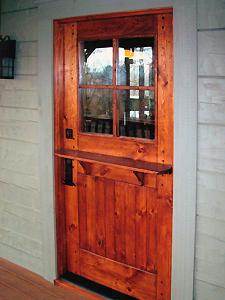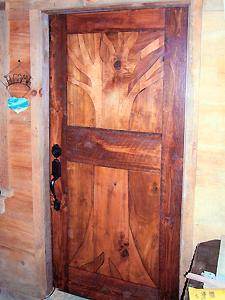








Susan Monroe wrote:
I read that tree roots feed as long as they aren't dormant, and they aren't dormant unless the ground they're in freezes.
Walk Soft, Think Hard.
Zone 6b




"We're all just walking each other home." -Ram Dass
"Be a lamp, or a lifeboat, or a ladder."-Rumi
"It's all one song!" -Neil Young
 5
5




 3
3




 1
1









Blazing trails in disabled homesteading




Furthering Permaculture next to Lake Ontario.
www.oswego.edu/permaculture
 1
1






Blazing trails in disabled homesteading









Pamela Melcher
Happiness, Health, Peace and Abundance for All.




Valerie Dawnstar wrote:I love the lavender door!
Isn't a 12 foot hole just a bit excessive?
I'd like to see more a'la Joseph Jenkins style. Anyone else using his model?




Matthew Nistico wrote:
1) He did not mention it, but I assume that his system works on the add-a-scoop-of-carbon method? If so, what does he use... sawdust? straw?
 1
1




 1
1




Pamela Melcher
Happiness, Health, Peace and Abundance for All.




we have to forest our farms and farm our forests









paul wheaton wrote:A tour of four outhouses. The last one is a piece of art and is a fully water tight system.


























Blazing trails in disabled homesteading




 1
1




paul wheaton wrote:
In this case, I imagine putting "the structure" (whether an outhouse, or something similar for a tree bog) on skids. So if for any reason you wanted to move it to a different spot, you could.
http://kitchengardens.net
http://agrari.us
http://claddaghfarms.com
 2
2




 as I review some design ideas for a house I want to build. It is interesting to note that pattern #178 "Compost" recommends that all structures have a composting toilet and that domestic grey water be used for the landscaping. The book was written in 1973 and has influenced a great many architects and builders....and yet..... why isn't this the norm in new construction?? So much in this book is permaculture savvy that it should be serious library for builders and designers who want to create structures, communities and villages.....
as I review some design ideas for a house I want to build. It is interesting to note that pattern #178 "Compost" recommends that all structures have a composting toilet and that domestic grey water be used for the landscaping. The book was written in 1973 and has influenced a great many architects and builders....and yet..... why isn't this the norm in new construction?? So much in this book is permaculture savvy that it should be serious library for builders and designers who want to create structures, communities and villages.....
http://kitchengardens.net
http://agrari.us
http://claddaghfarms.com
 1
1




http://kitchengardens.net
http://agrari.us
http://claddaghfarms.com




















Mick Fisch wrote:Why only use plants?
How about using soldier flies or some type of bug to get rid of the waste. When I think of it, I know rats would go after it also (look up "King Rat"). I hesitate to suggest it because I have an illogical "thing" against rats. Bug, snakes, spiders are ok, but RATS, UGHHHHH!!! But speaking of converting waste and closing the system, could we also use insects/rodents? possibly setting up some way to trap them as they left the area and using them as duck/chicken/fish food?

Blazing trails in disabled homesteading
 2
2




Rick Valley at Julie's Farm




With forty shades of green, it's hard to be blue.
Garg 'nuair dhùisgear! Virtutis Gloria Merces




Rick Valley at Julie's Farm








Rick Valley at Julie's Farm

|
You are HERE! The other map is obviously wrong. Better confirm with this tiny ad:
Rocket Mass Heater Resources Wiki
https://permies.com/w/rmh-resources
|







